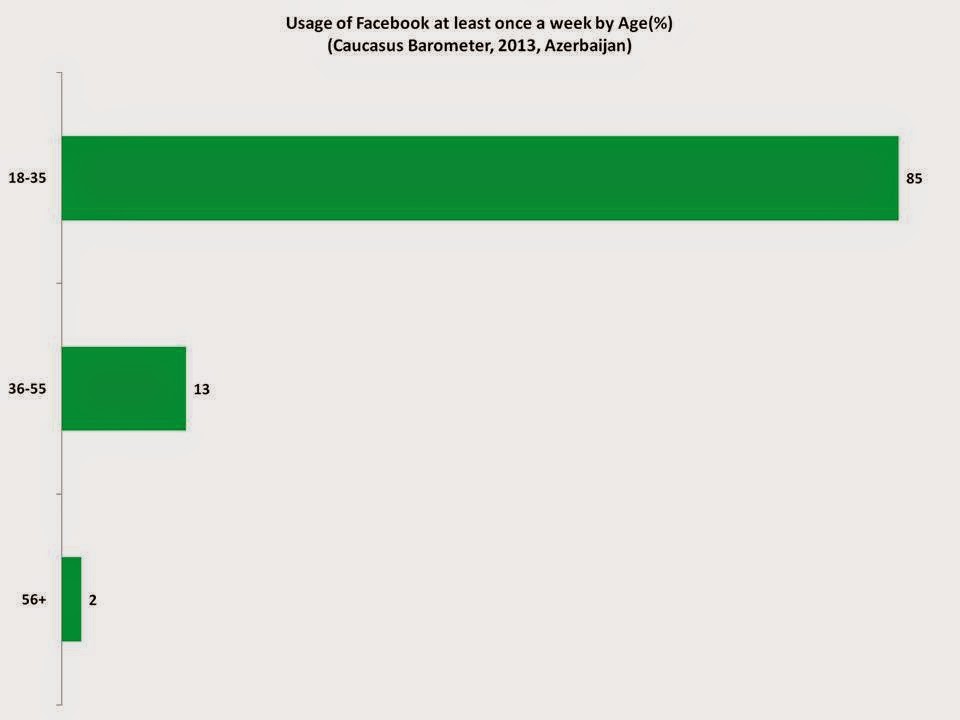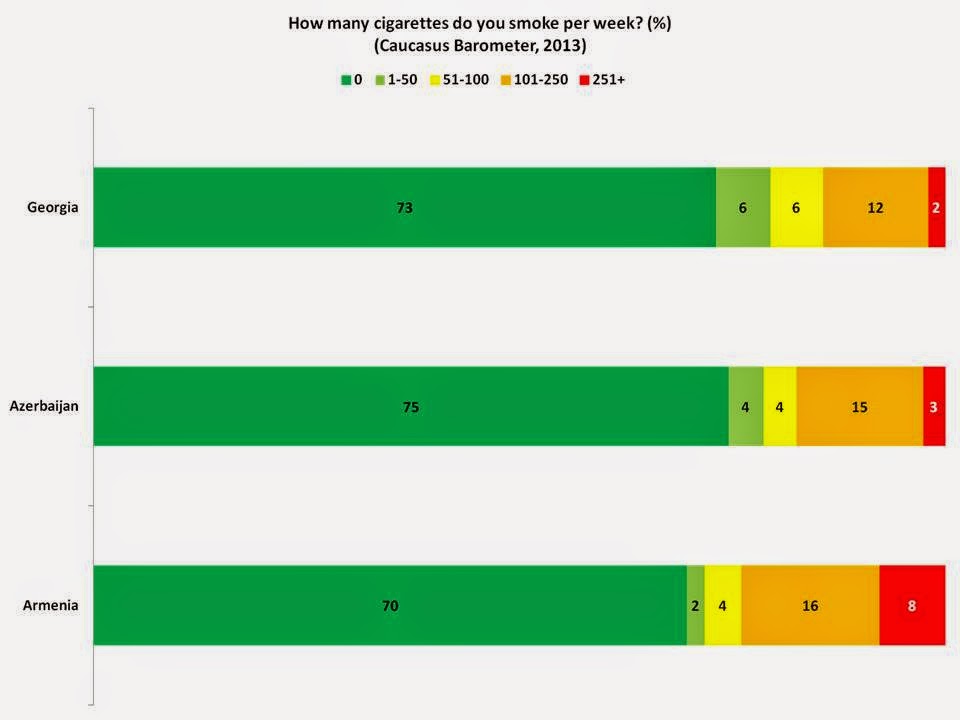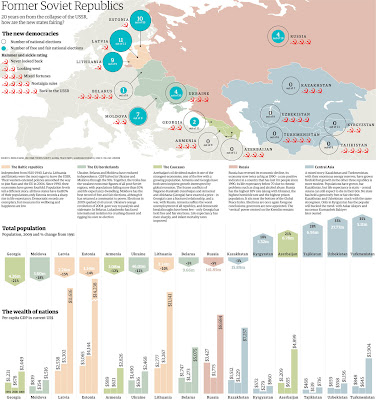
On February 3rd, 2014, Facebook celebrated its 10th anniversary. According to the World Map of Social Networks December, 2013 statistics, Facebook is the world’s most popular social network with more than one billion users. It is followed by QZone with 552 million users, Vkontakte…





